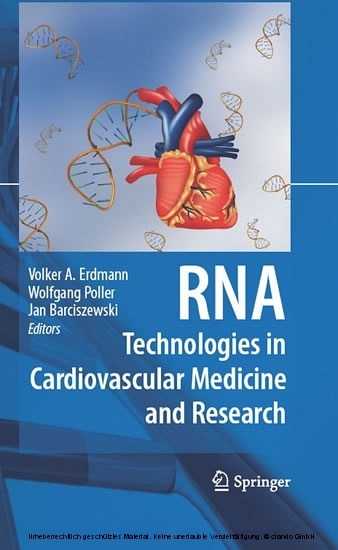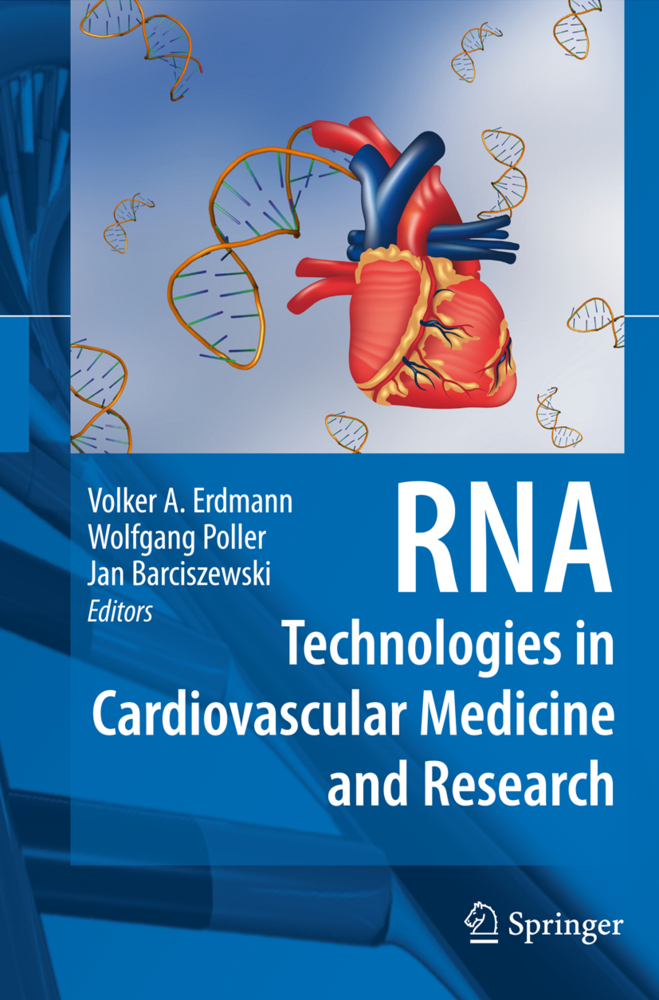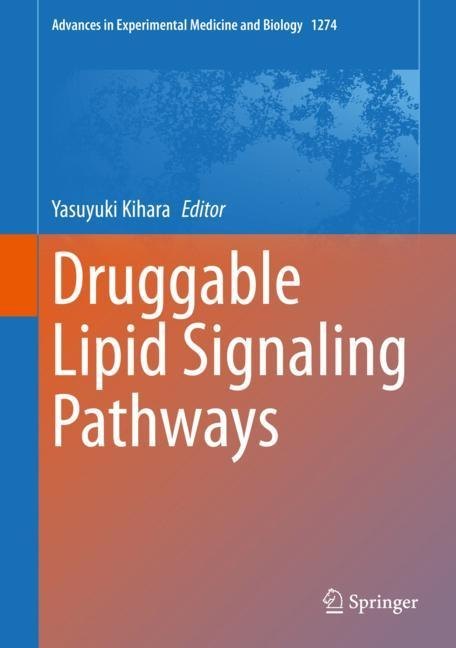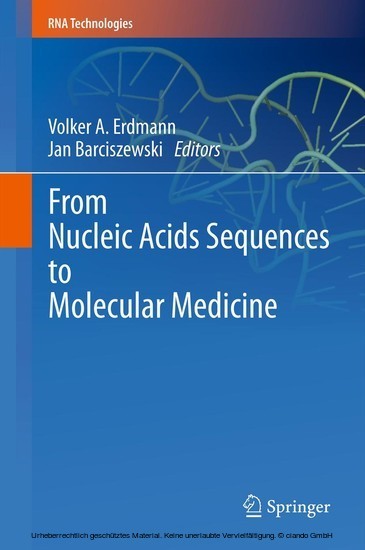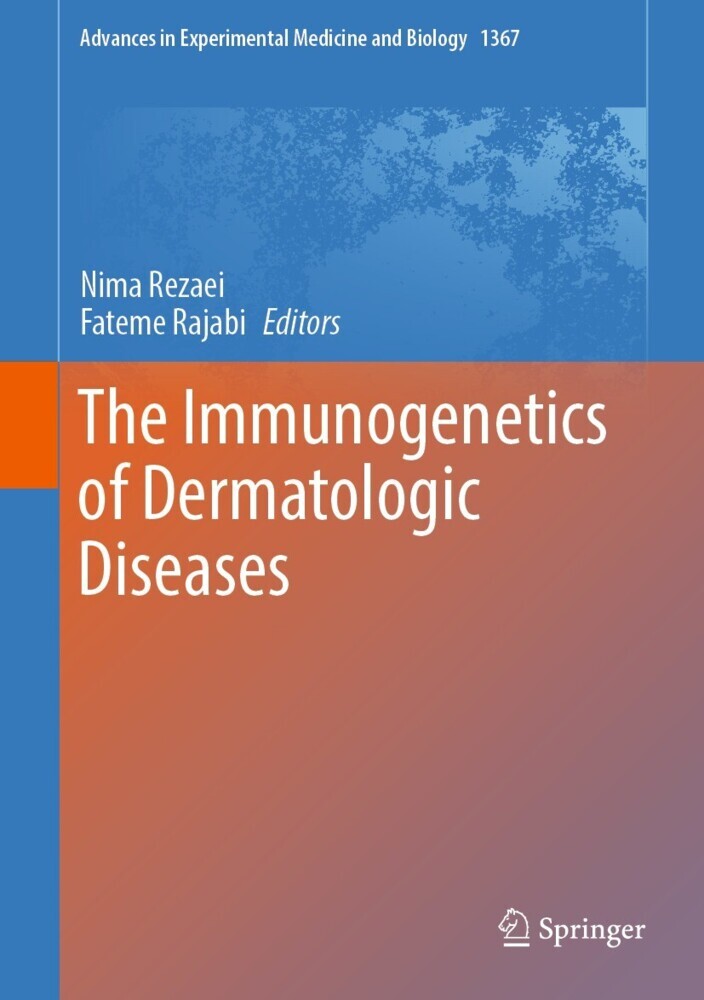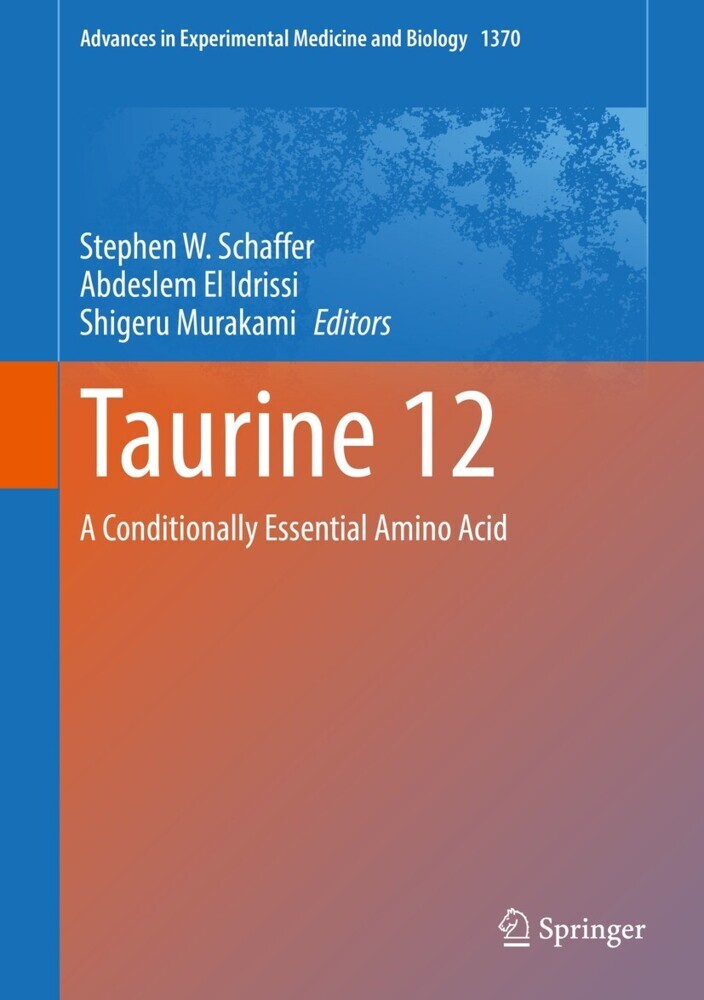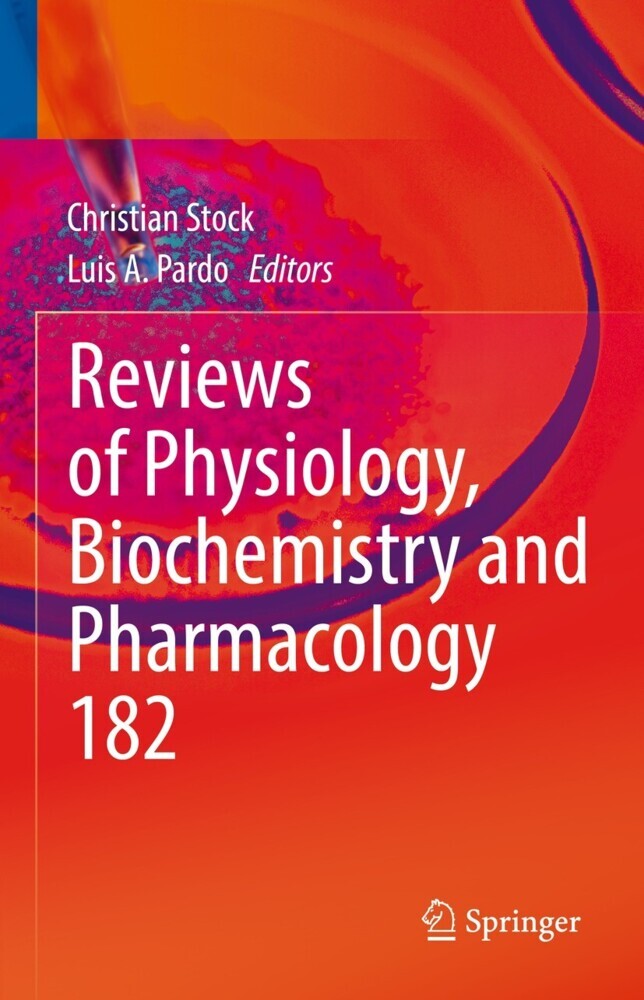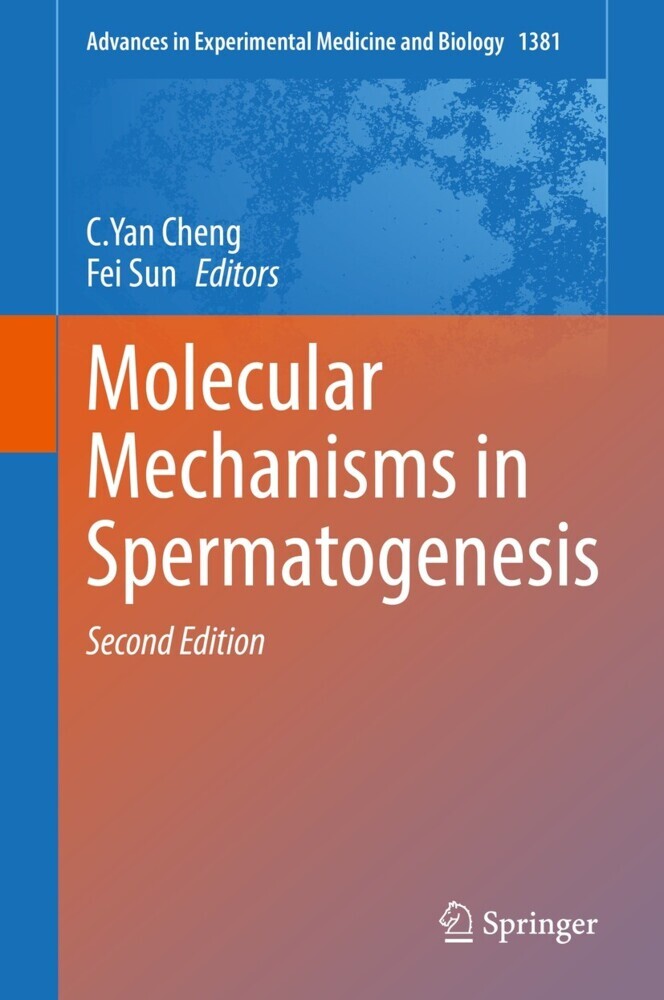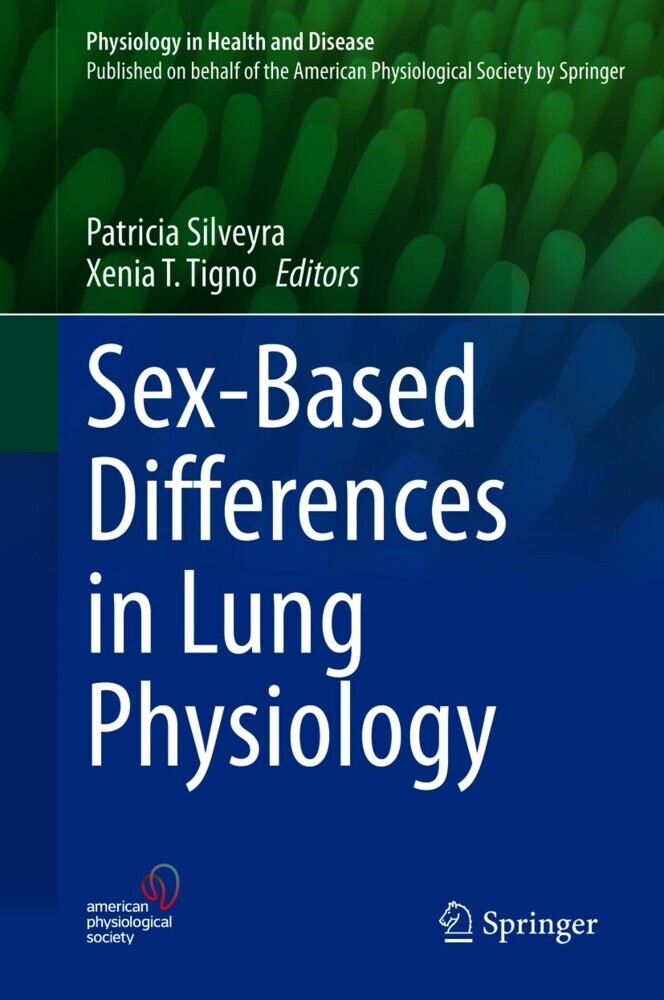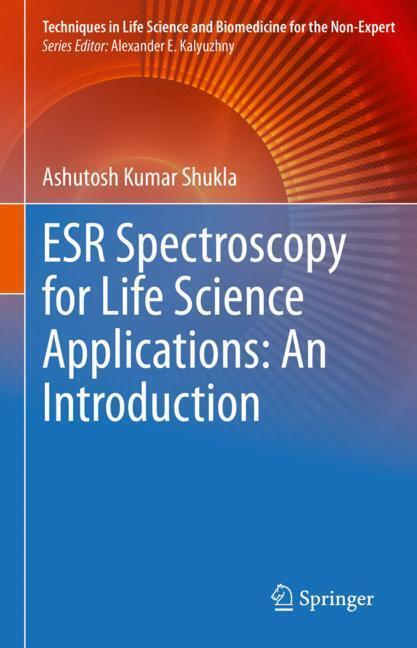RNA Technologies in Cardiovascular Medicine and Research
RNA Technologies in Cardiovascular Medicine and Research
Cardiovascular disease is the number one cause of death worldwide. In 2005 17.5 million people, representing 30% of all global deaths, died of cardiovascular disease. For this reason every effort needs to be made to improve the early diagnosis and treatment procedures for combating this disease. This book - edited by Professors Erdmann and Barciszewski, both internationally recognised experts in the field of RNA molecular biology, and Professor Poller, an internationally respected expert in cardiology - will offer more than an introduction to these fields. More importantly, it will also lead the reader to the newest developments in RNA methods and technologies and show how they are currently employed for the diagnosis and treatment of cardiovascular disease. This book is also a must for all those interested in knowing more about the molecular medicine of tomorrow and how it will be revolutionised by its newest approach - RNA technologies.
1;Preface;5 2;Contents;9 3;Contributors;11 4;Part I MicroRNA;16 4.1;An Overview of MicroRNA;17 4.1.1;1 Introduction;18 4.1.2;2 miRNA Biogenesis;19 4.1.3;3 Biological Functions of miRNAs;19 4.1.4;4 miRNAs in Human Disease;22 4.1.5;5 Summary;25 4.1.6;References;26 4.2;MicroRNAs and Their Potential;31 4.2.1;1 The Importance of Being miRNA;32 4.2.2;2 Post-Transcriptional Regulatory Mechanisms During Cardiac Hypertrophy;32 4.2.3;3 Post-Transcriptional Regulation by miRNA;32 4.2.4;4 Transcriptional and Post-Transcriptional Regulation of miRNA;37 4.2.5;5 The Mechanism of miRNA-Target Recognition;38 4.2.6;6 miRNA in Development and Disease;39 4.2.7;7 The Diagnostic and Prognostic Potential of miRNA;43 4.2.8;8 miRNA as Therapeutic Targets;44 4.2.9;9 Concluding Remarks;44 4.2.10;References;45 4.3;miRNAs and Their Emerging Role in Cardiac Hypertrophy;49 4.3.1;1 Introduction;50 4.3.2;2 Biology of miRNAs;50 4.3.3;3 miRNAs in Cardiovascular Development;54 4.3.4;4 miRNAs in the Hypertrophic Growth Response;58 4.3.5;5 Conclusions and Future Directions;62 4.3.6;References;62 4.4;MicroRNAs and the Control of Heart Pathophysiology;67 4.4.1;1 miRNA: Biogenesis and Mechanisms of Action;67 4.4.2;2 miRNAs and Muscle Development;73 4.4.3;3 miRNAs and Heart Pathophysiology;75 4.4.4;4 Conclusion and Future Prospects;79 4.4.5;References;79 4.5;MicroRNA Systems Biology;83 4.5.1;1 Introduction;84 4.5.2;2 miRNA Regulation of Cellular Signaling Networks;85 4.5.3;3 miRNA Regulation of Gene Regulatory Networks;91 4.5.4;4 miRNA Regulation of Metabolic Networks;93 4.5.5;5 miRNA Regulation of Protein Interaction Networks;94 4.5.6;6 miRNA Regulatory Network Motifs;95 4.5.7;7 Summary;98 4.5.8;References;98 5;Part II RNA Interference;101 5.1;Targeting Viral Heart Disease by RNA Interference;103 5.1.1;1 Introduction;103 5.1.2;2 Preclinical Results of Therapeutic Antiviral RNA Interference: Focus on CVB3- Associated Disease;106 5.1.3;3 Factors That Limit Early Efficacy of Antiviral RNA Interference;111 5.1.4;4 Factors That Limit Subsequent Efficacy of Antiviral RNA Interference;113 5.1.5;5 Conclusions and Future Prospects;116 5.1.6;References;117 5.2;Design of siRNAs and shRNAs for RNA Interference: Possible Clinical Applications;123 5.2.1;1 Introduction;124 5.2.2;2 Adverse Effects of Long dsRNAs;126 5.2.3;3 siRNA Structure and Design;127 5.2.4;4 shRNAs;134 5.2.5;5 Clinical Application;139 5.2.6;6 Concluding Remark;141 5.2.7;References;142 5.3;RNA Interference and MicroRNA Modulation for the Treatment of Cardiac Disorders;145 5.3.1;1 Introduction to RNA-Based and Gene Therapeutic Strategies;146 5.3.2;2 Key Issues of Current Vector Technologies;147 5.3.3;3 RNA Interference Targeting Early Pathogenic Steps in Cardiomyopathies;151 5.3.4;4 RNA Interference to Improve Cardiac Function in Advanced Heart Failure;165 5.3.5;5 Clinical Perspectives and Unanswered Questions;173 5.3.6;References;175 5.4;Cardiac Delivery of Nucleic Acids by Transcriptional and Transductional Targeting of Adeno- Associated Viral Vectors;181 5.4.1;1 Introduction;181 5.4.2;2 Vector Systems for Cardiac Nucleic Acid Transfer;183 5.4.3;3 Transductional Targeting of AAV Vectors for Cardiac Nucleic Acid Transfer;185 5.4.4;4 Transcriptional Targeting of AAV Vectors for Cardiac Nucleic Acid Transfer;187 5.4.5;5 Application Systems for Cardiac Gene Transfer;188 5.4.6;6 Perspective;191 5.4.7;References;191 6;Part III Ribozymes;197 6.1;Characterization of Hammerhead Ribozymes Potentially Suitable for the Treatment of Hyper- Proliferative Vascular Diseases;199 6.1.1;1 Introduction;200 6.1.2;2 Hammerhead Ribozyme;200 6.1.3;3 Potential Use of HRzs as Therapeutics for Artery Restenosis;211 6.1.4;4 HRzs and Small Interfering RNAs in the Cardiovascular Field;216 6.1.5;5 Conclusion;218 6.1.6;References;218 6.2;Applications of Ribozymes and Pyrrole - Imidazole Polyamides for Cardiovascular and Renal Diseases;223 6.2.1;1 Introduction;224 6.2.2;2 Ribozymes;225 6.2.3;3 Pyrrole-Imidazole (PI) Polyamides;236 6.2.4;4 Concl
Erdmann, Volker A.
Poller, Wolfgang
Barciszewski, Jan
| ISBN | 9783540787099 |
|---|---|
| Artikelnummer | 9783540787099 |
| Medientyp | E-Book - PDF |
| Auflage | 2. Aufl. |
| Copyrightjahr | 2008 |
| Verlag | Springer-Verlag |
| Umfang | 358 Seiten |
| Sprache | Englisch |
| Kopierschutz | Digitales Wasserzeichen |

